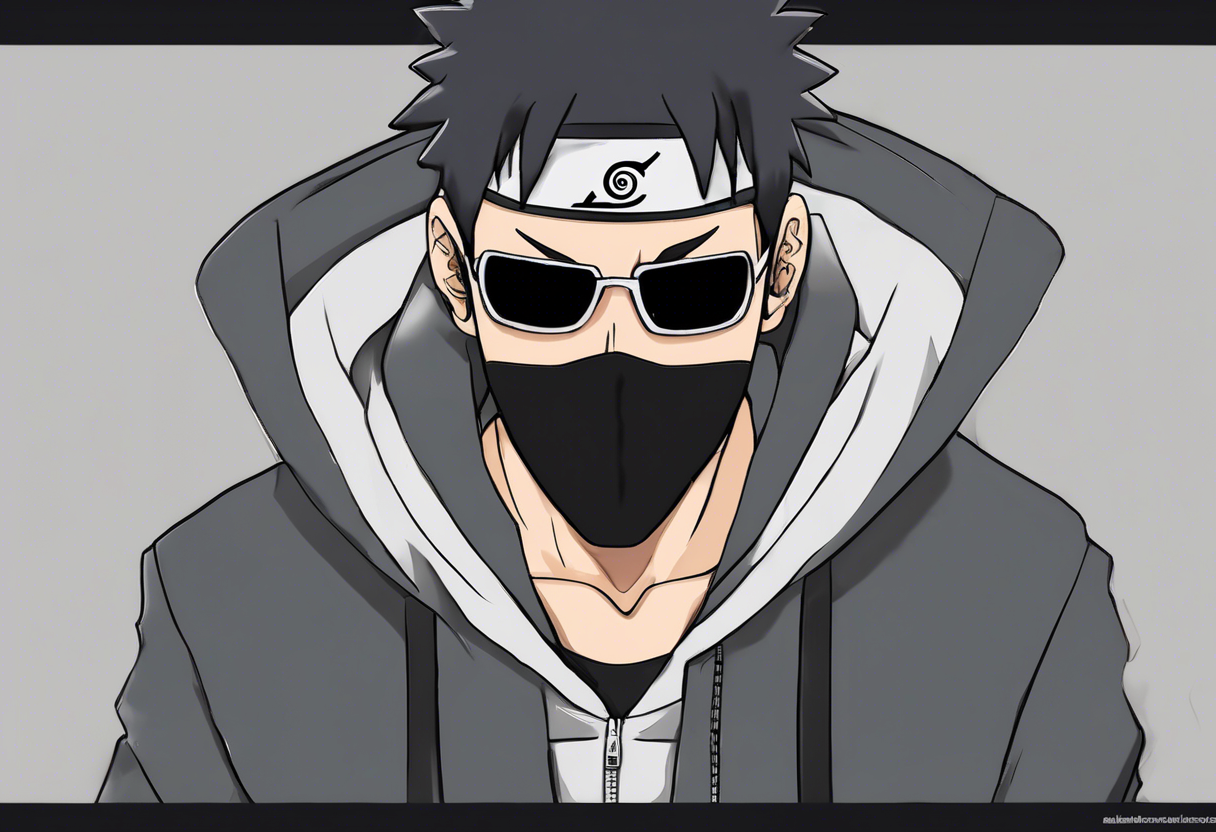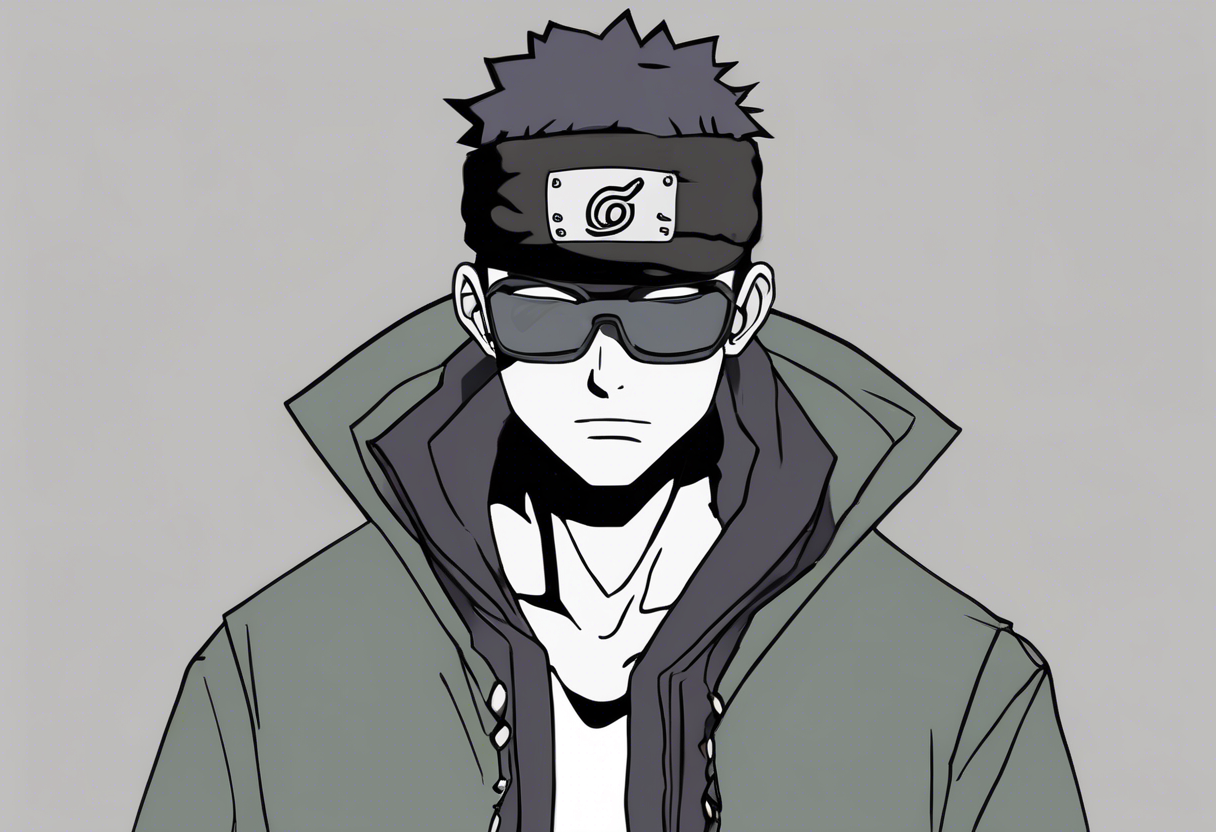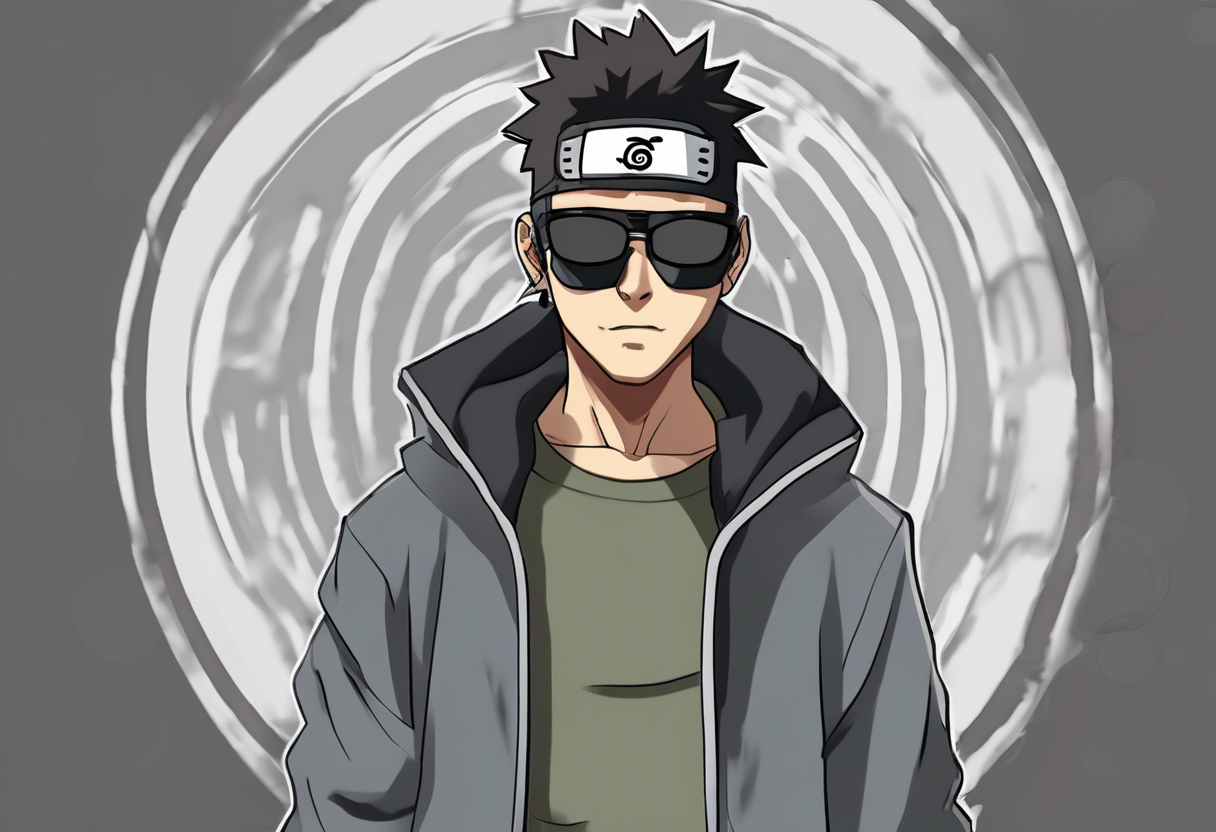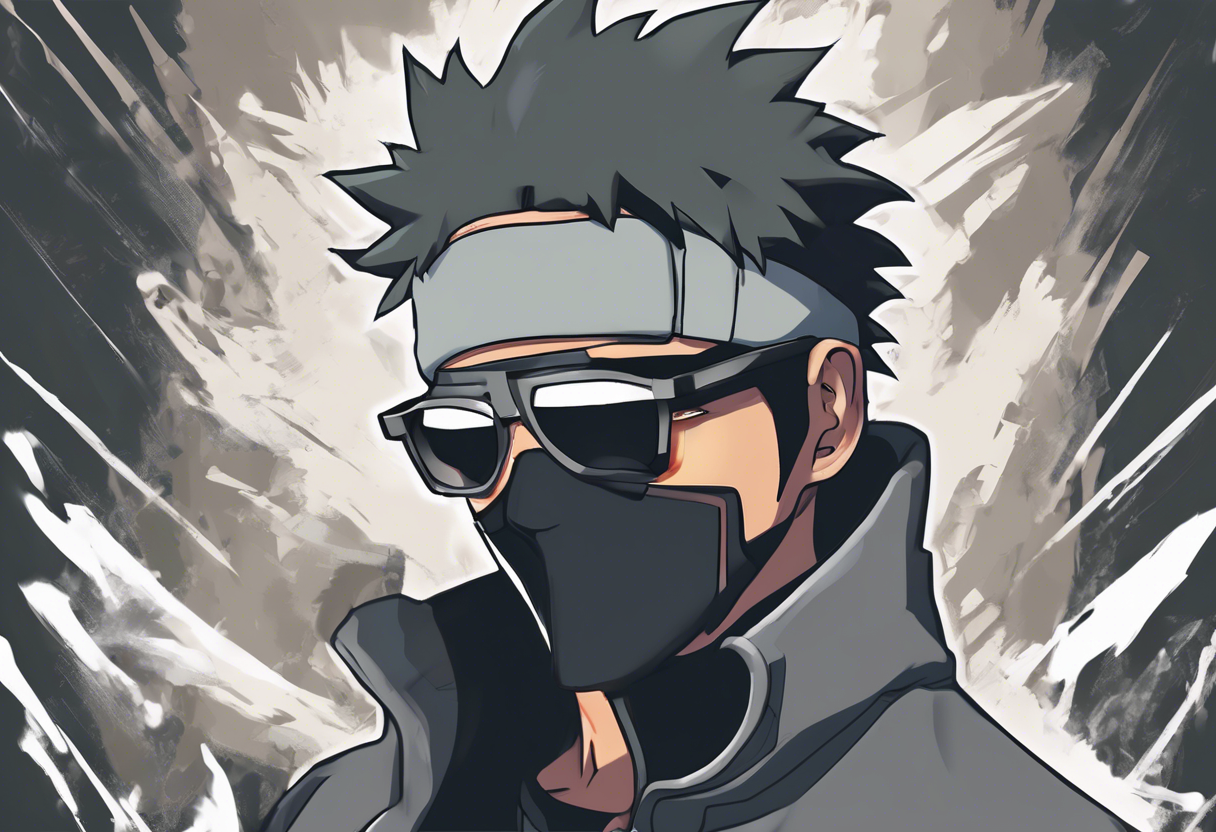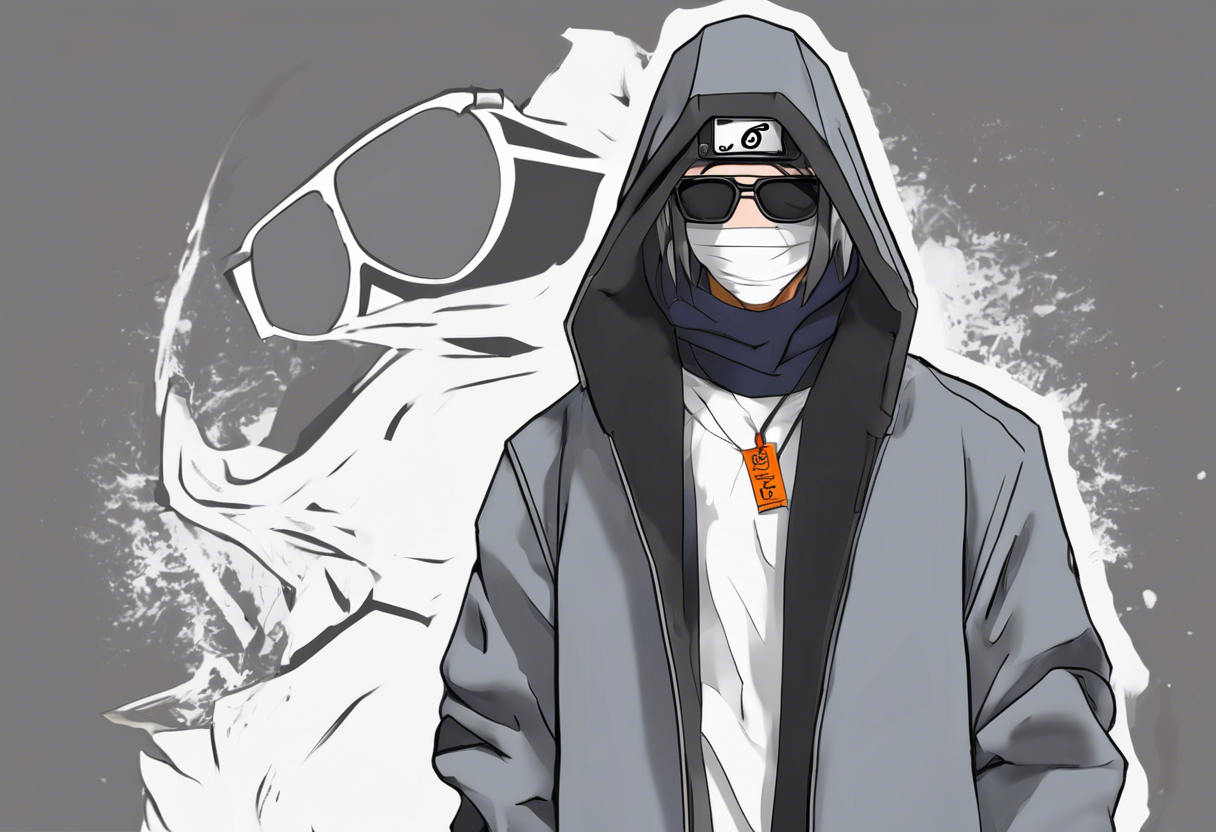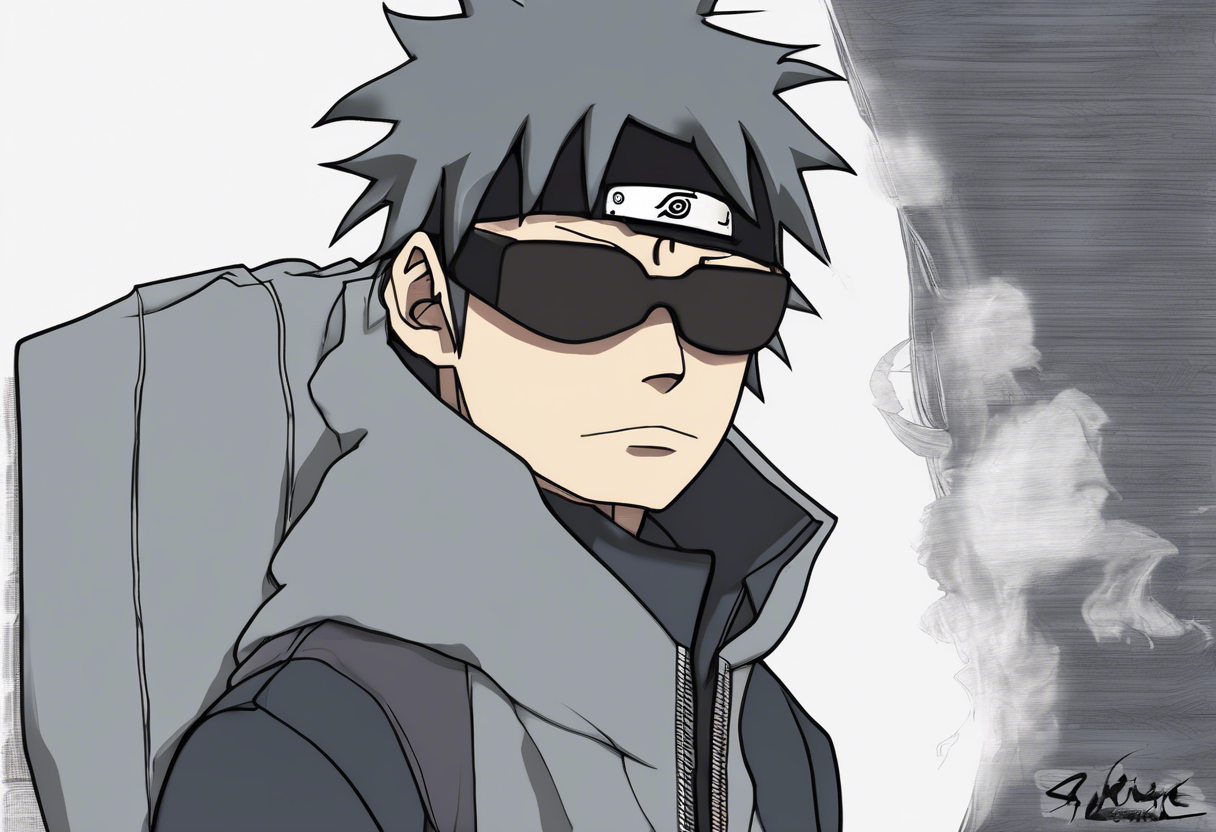Contents
Shino Aburame: The Underutilized Genius of Naruto
Introduction
Shino Aburame is a compelling and intricate character from the popular anime and manga series Naruto, created by Masashi Kishimoto. First introduced during the Chunin Exams arc in the initial part of the series, Shino is a member of Team 8, alongside Hinata Hyuga and Kiba Inuzuka, under the leadership of Kurenai Yuhi [4][5].
Shino’s creation is notable for his unique insect-based ninjutsu and his enigmatic personality. His backstory, though not extensively explored, reveals a calm, collected, and mysterious individual who rarely shows emotions. This persona is reinforced by his choice of apparel and his general demeanor [2][5].
Within the narrative, Shino plays a significant role as one of the strongest members of the Konoha 11, a group of young ninjas from the Hidden Leaf Village. His intellect and strategic prowess make him a valuable asset to his team and the village. However, despite his potential, Shino’s character development is largely neglected in the latter parts of the series.
Role in the Story
Shino’s journey begins as a young genin participating in the Chunin Exams, where he showcases his strength and unique ninjutsu techniques. His battle against Zaku Abumi during the exams highlights his strategic thinking and the effectiveness of his insect-based jutsu. This early portrayal establishes Shino as a formidable shinobi and one of the strongest members of the Konoha 11 [1][5].
As the series progresses, Shino’s role becomes increasingly marginalized. In Naruto Shippuden, he is relegated to the sidelines, appearing only sporadically and often for comedic relief. During significant arcs such as the Pain Assault and the Fourth Great Ninja War, Shino’s contributions are minimal and lack the impact that his abilities and intellect suggest he could have made [1].
One of the few notable instances of Shino’s involvement in Shippuden is his encounter with Torune, where he stops a Jar of Poison Jutsu. However, this event has no significant implications for the overall narrative, further emphasizing his underutilization [1].
Character Analysis
Shino’s personality is characterized by his calm, collected, and mysterious nature. He is rarely seen expressing emotions, which adds to his enigmatic persona. This demeanor is complemented by his intellect and strategic thinking, making him one of the smartest members of the Konoha 11, second only to Shikamaru Nara [1][2].
Shino’s motivations are rooted in his dedication to his team and the village. He is a loyal and reliable ally, always ready to support his comrades. However, his lack of emotional expression and personal backstory makes it challenging for audiences to deeply connect with him on an emotional level.
Despite this, Shino’s strengths lie in his unique ninjutsu and his ability to think critically. His insect-based techniques, such as the Kikaichū no Jutsu (Parasitic Destruction Insects), are versatile and powerful, allowing him to attack and defend in innovative ways [5].
However, Shino’s character development is severely hampered by his lack of screen time and meaningful interactions in the latter parts of the series. This underutilization of his potential is a significant flaw in his character arc, leaving many fans feeling that his character was wasted.
Themes and Symbolism
Shino Aburame embodies several themes that are central to the Naruto series. One of the most prominent is the theme of potential and underutilization. Shino’s character serves as a reminder that even the most capable individuals can be overlooked and undervalued. This theme is particularly poignant in the context of the Konoha 11, where several characters face similar issues of being sidelined despite their strengths.
Another theme associated with Shino is the importance of teamwork and loyalty. Despite his minimal screen time, Shino remains a loyal and supportive member of his team, highlighting the value of dedication and commitment to one’s comrades.
Symbolically, Shino’s insect-based ninjutsu can be seen as a metaphor for adaptability and resilience. Insects are often viewed as small but formidable creatures, capable of surviving and thriving in various environments. This mirrors Shino’s ability to adapt to different situations and his resilience in the face of adversity.
Cultural Impact
Shino Aburame, while not as prominently featured as some other characters, has still made a significant impact on the Naruto fanbase. His unique abilities and mysterious persona have garnered a dedicated following, with many fans expressing disappointment over his underutilization in the series.
In terms of cultural significance, Shino’s character reflects the broader theme of underappreciated talent, which resonates with audiences worldwide. His story serves as a reminder of the importance of recognizing and valuing the contributions of all individuals, regardless of their prominence.
Shino has also been featured in various adaptations and spin-offs, including video games and other media, where his abilities are often highlighted. However, his lack of central role in these adaptations mirrors his treatment in the main series.
Critical Reception
Critics and audiences have generally praised Shino’s initial characterization and potential but have been critical of his subsequent treatment in the series. Many fans feel that his character was wasted, particularly in Naruto Shippuden, where he was relegated to the sidelines.
The underutilization of Shino has been a point of contention among fans, with some arguing that his unique abilities and intellect made him a compelling character who deserved more screen time and development. This criticism highlights the broader issue of character development in the series, where several characters were neglected in favor of the main protagonists.
Legacy
Despite the underutilization of his character, Shino Aburame remains a memorable and intriguing figure in the Naruto universe. His unique ninjutsu and intellectual prowess have inspired fan art, fan fiction, and discussions among the fan community.
Shino’s legacy also serves as a cautionary tale for character development in anime and manga. His story underscores the importance of balancing the development of main and secondary characters to ensure that all characters reach their full potential.
In contemporary discussions, Shino’s character is often cited as an example of missed opportunities in storytelling. His potential and the interest he generated early in the series make him a compelling case study for writers and creators looking to avoid similar pitfalls.
References
- https://gamerant.com/naruto-shino-aburame-wasted-potential-explained/
- https://static.wikia.nocookie.net/p__/images/e/e5/2medcex.png/revision/latest?cb=20140304160801&path-prefix=protagonist&sa=X&ved=2ahUKEwjN0KeFlf-LAxVGGlkFHc9YOe8Q_B16BAgBEAI
- https://www.trekbbs.com/threads/the-cultural-impact-of-naruto-and-other-animes.292501/
- https://en.wikipedia.org/wiki/Hinata_Hyuga
- https://outskirtsbattledomewiki.com/index.php/about?view=article&id=1270%3Acharacter-profile-shino-aburame&catid=8

